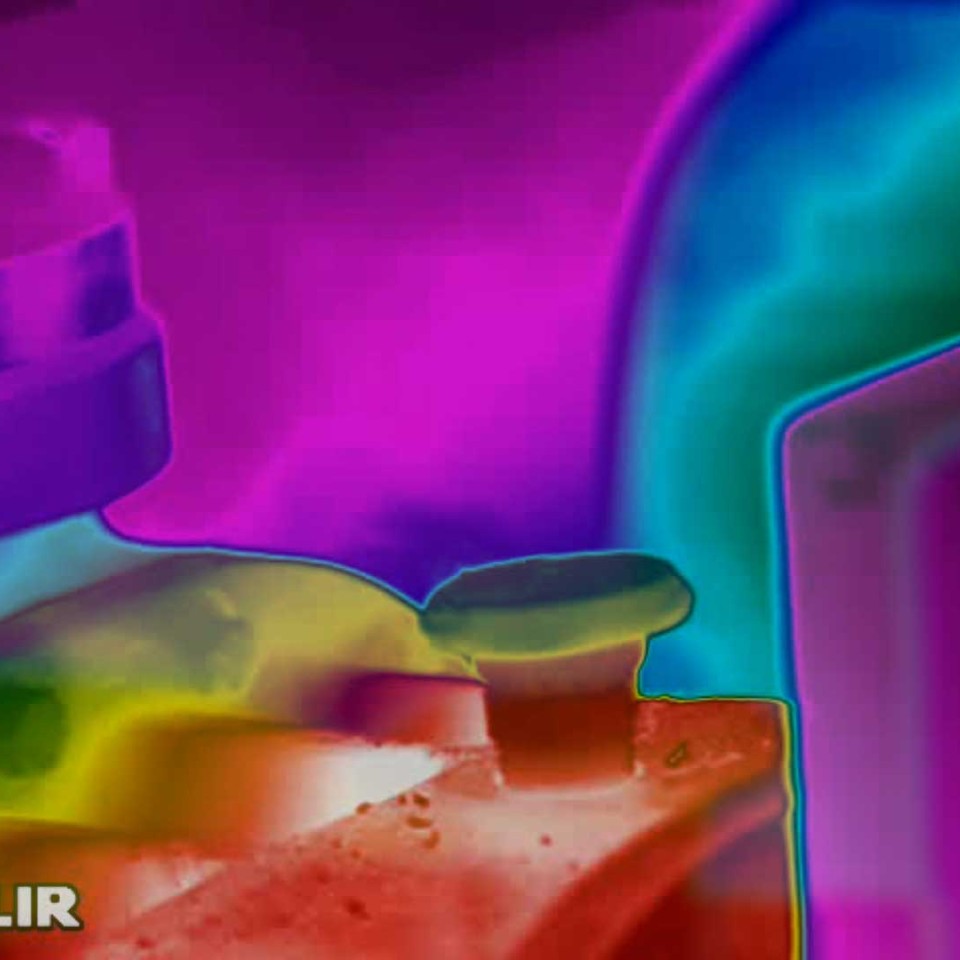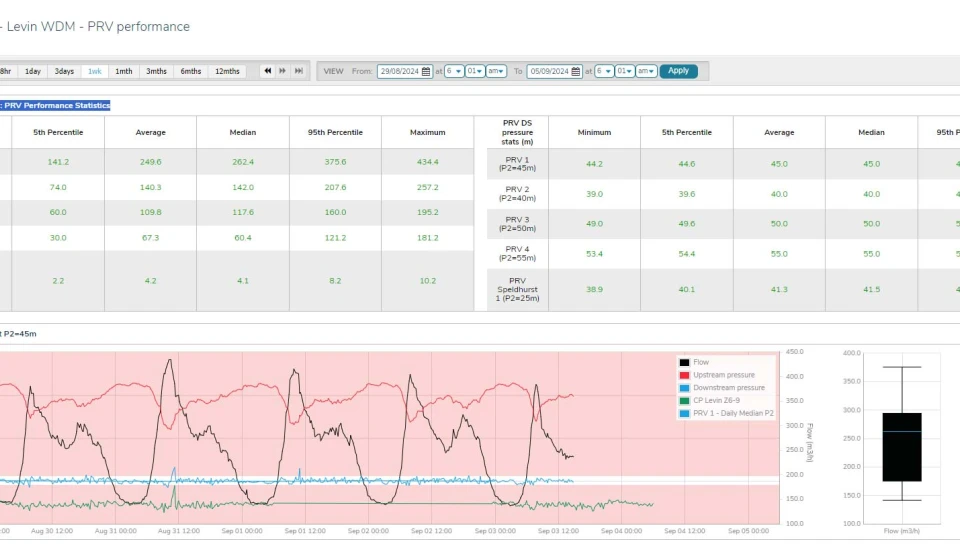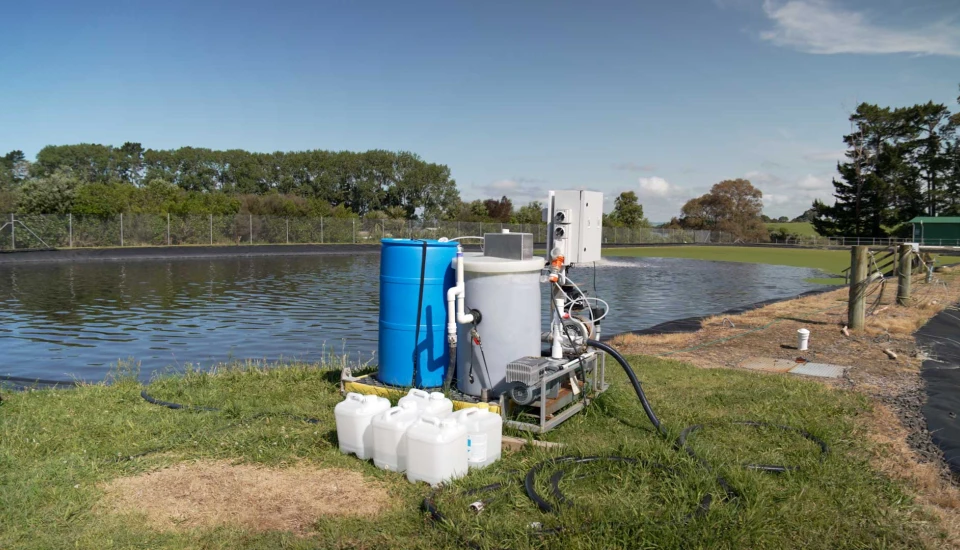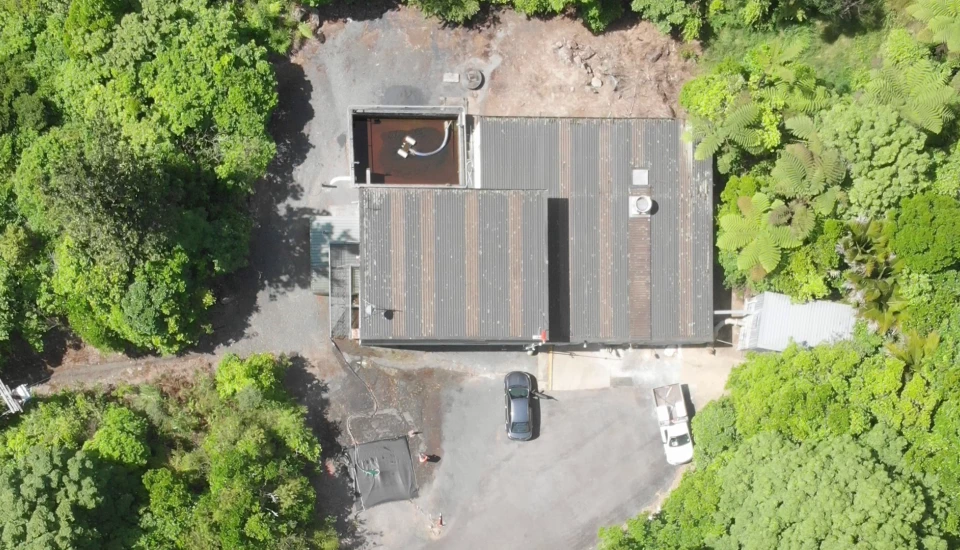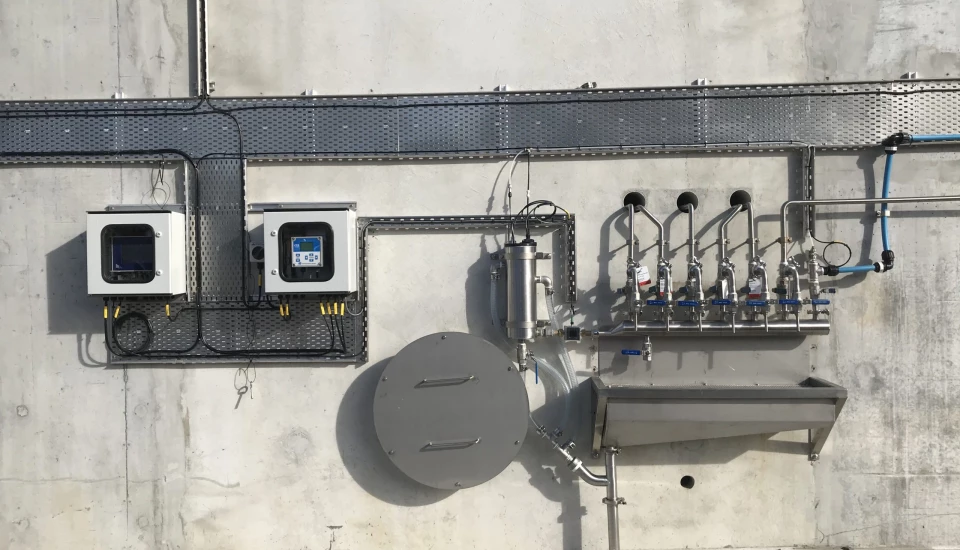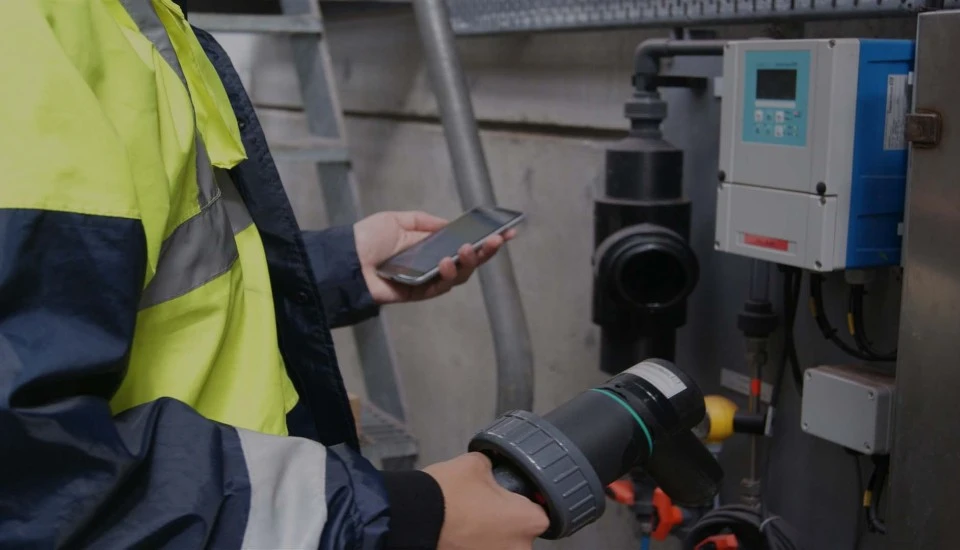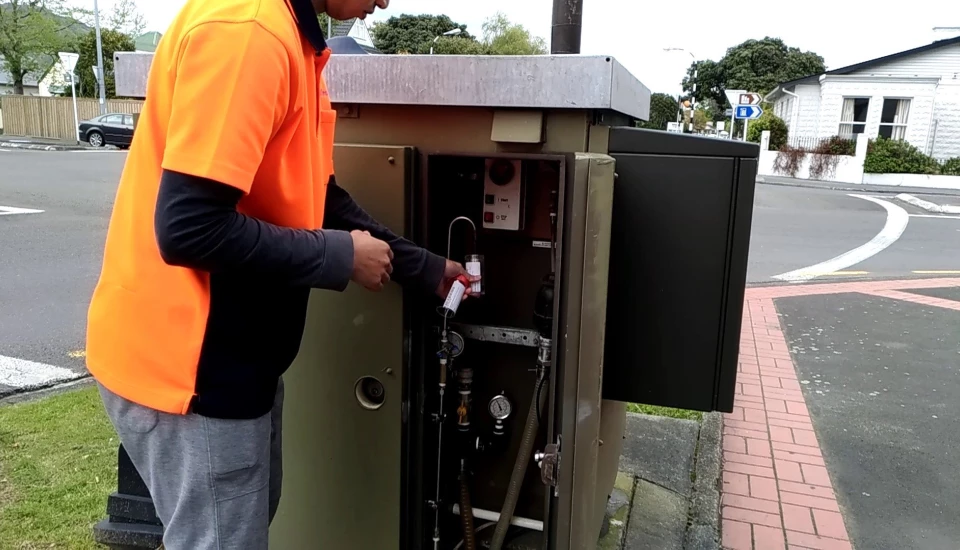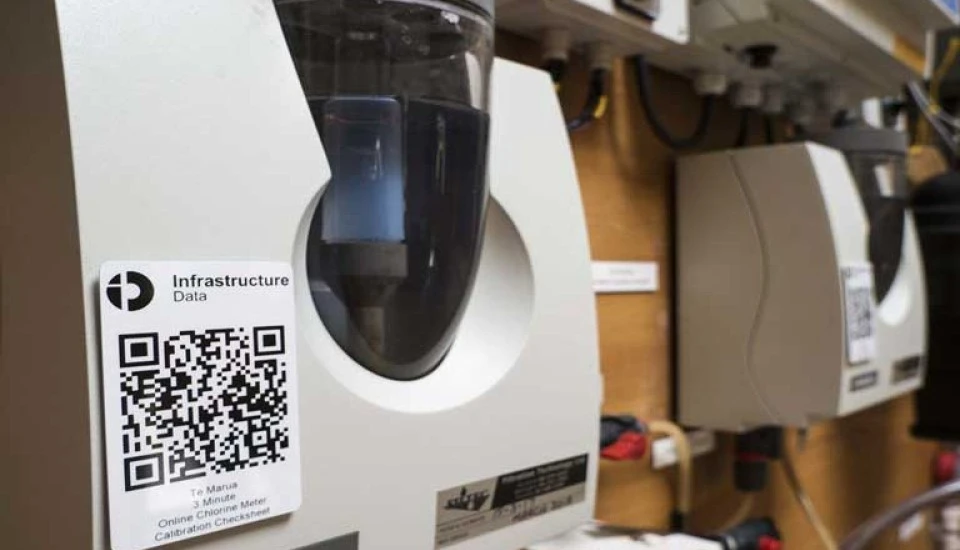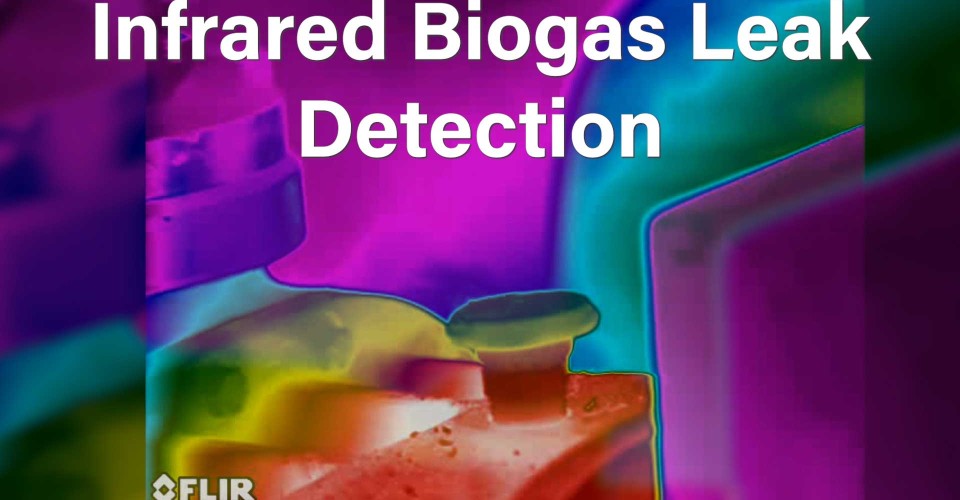
Introduction:
In the realm of oil and gas, the potential dangers associated with natural gas leaks are well-understood, leading to stringent regulations within industry. However, an often-overlooked counterpart, biogas which is now commonly produced and stored at wastewater treatment plants, shares similar components with natural gas, specifically methane (CH4), and is subject to significantly fewer regulations. In this blog post, we explore the critical safety risks posed by biogas and the importance of effective detection and management.
Understanding Biogas Composition:
Biogas, a byproduct of the anaerobic degradation of organic matter in wastewater treatment plants or landfills, consists of methane, CO2, hydrogen sulfide, water vapor, and other impurities. Similar to natural gas, biogas is flammable and can become explosive within a concentration range of 5 to 15% in the air, emphasizing the potential hazards it presents.
Toxicity and Flammability of Biogas:
Hydrogen sulfide within biogas is not only highly toxic but also flammable, even at very low concentrations. Detecting H2S through smell becomes ineffective above 150 ppm, making conventional methods unreliable. Furthermore, the colorless nature of biogas allows it to enter the lungs and hinders oxygen transfer to blood cells, leading to severe health risks. Often fatal incidents, reported in sewage network operations, are linked to H2S and CO2 present in biogas.
Advancements in Detection Technology:
Given that methane is a potent greenhouse gas, effective detection and mitigation are crucial. Traditional methods, such as checking for leaks with soapy water, are time-consuming and may overlook certain leaks, especially in inaccessible gas pipes.
Optical gas imaging technology, utilizing infrared cameras to visualize methane plumes at leak points, proves to be a more effective and efficient alternative to conventional methods. Following identification, flame ionization detection technology measures methane concentrations near leak points, aiding operators in prioritizing necessary fixes.
Case Study: Biogas Leak Audit in New Zealand:
A recent biogas leak audit conducted at Taupo Wastewater Treatment Plant in New Zealand demonstrated the effectiveness of advanced detection technologies. We identified leaks, including one at a small cap and another at an under-pressure protection valve, this underscore the importance of regular safety audits. Equally important was confirming the gas tightness of the well-maintained piping and equipment which is all vital for comprehensive safety.
The Call for Comprehensive Biogas Safety Dockets:
In Germany, biogas plant safety is mandated, requiring each facility to maintain a safety docket containing records of safety devices, procedures, and training. The question arises: should New Zealand adopt a similar approach to enhance safety standards in biogas handling?
Conclusion:
As we navigate the evolving landscape of energy production at wastewater treatment plants, prioritizing safety measures in handling biogas becomes imperative. The use of advanced detection technologies such as infrared cameras along with comprehensive safety dockets can significantly mitigate risks and ensure a secure working environment. For more information on biogas plant safety, feel free to reach out to us.

